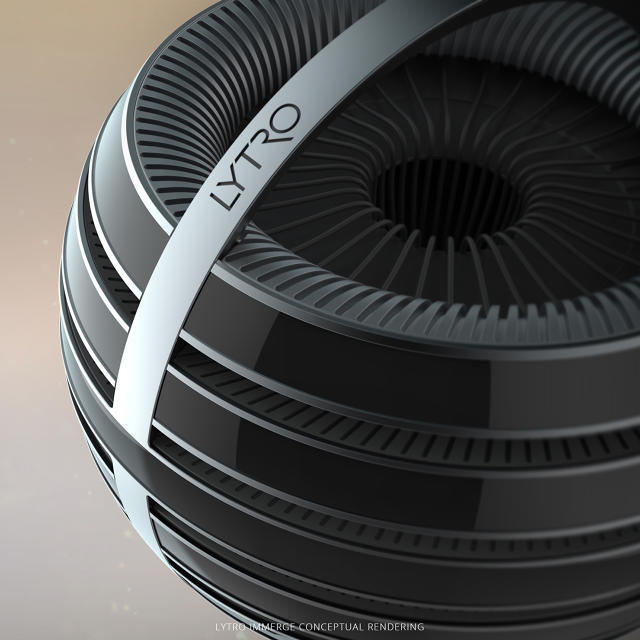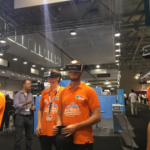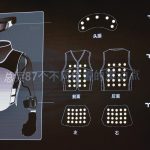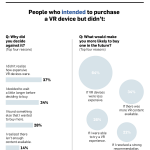With Immerge, Lytro’s New center of attention Is high-end virtual-truth Cinematography
The startup that aimed to consumerize light-field pictures is hitching its wagon to the VR revolution.
November 5, 2015
in the beginning, there used to be Ren Ng’s graduate dissertation at Stanford engineering faculty. Titled “Digital light container images,” it explored a new roughly imaging that involved capturing all of the mild waves in a scene and using developed computer science to achieve a three-dimensional figuring out of what was occurring that went method, means beyond standard images.
Ng became his analysis right into a Silicon Valley startup, Lytro. In 2012, it released a $399 camera that looked like a pocket-sized kaleidoscope and assist you to take footage that you’ll want to refocus after the actual fact. When it found that the general public who liked that idea had been critical artistic varieties and pros fairly than mainstream customers, it shifted its efforts to a $1,599 model aimed toward “ingenious pioneers.”
And now—in a move that it began to hint at early this 12 months—Lytro is shifting prior the consumer market altogether. it’s saying Immerge, a high-finish machine for shooting, processing, modifying, and distributing virtual-fact cinematography.

How excessive end? Lytro, which plans to make a prototype version of the device on hand within the first quarter of 2016, says it’s going to sell for an unspecified determine in the lots of of heaps of bucks. (it’ll also be to be had for hire.) that will get you a 360-degree video digicam, a streaming server, plug-ins for professional video applications such as Nuke, a participant for headsets equivalent to Oculus Rift, and more.
“Six levels Of Freedom”
present VR cinematography techniques use a couple of cameras to shoot video from plenty of perspectives, then sew the results collectively right into a simulation of 3-D area. Immerge, Lytro says, will capture data concerning the world round it in order to let it create more reasonable virtual truth, with what it calls “six levels of freedom”—the flexibility for a consumer to look left, right, backward, forward, up, and down.
For all that is altering about Lytro’s course, light-box technology continues to be on the core. “The tech is similar,” says Jason Rosenthal, who replaced founder Ng as CEO in 2013. “the client base could be very, very completely different.”

up to now, Rosenthal says, he had to start any dialogue of Lytro through explaining the benefits of sunshine-field pictures. For VR producers—the company is working with ones similar to Vrse and Wevr—its virtues are so obvious that “earlier than i’d get one sentence in, they’d stop me.”
I’ve always been thinking about Lytro’s possible. however its failure to get where it firstly set out to go has left me gun shy about formulating any untimely conclusions about Immerge. despite the fact that I wasn’t, the company’s preliminary announcement of the brand new machine, which sounds wildly bold, is skinny on details. When Rosenthal dropped in to inform me about it, he failed to bring any of the hardware or examples of VR content created with the machine. Then there’s the fact that the images that Lytro supplied for this article all have “conceptual rendering” disclaimers.
If Immerge takes off, although, it will possibly lead back to the mass-market vision that Lytro has struggled with up to now. capturing serious VR is an expensive and sophisticated course of presently, but Rosenthal informed me that the goal is to make it reasonably priced and approachable. And he would not think it is going to take all that lengthy. “inside three years,” he says, “we’ll get to the point the place which you could construct this in a shopper form issue and value point.”
fast company , learn Full Story
(11)














